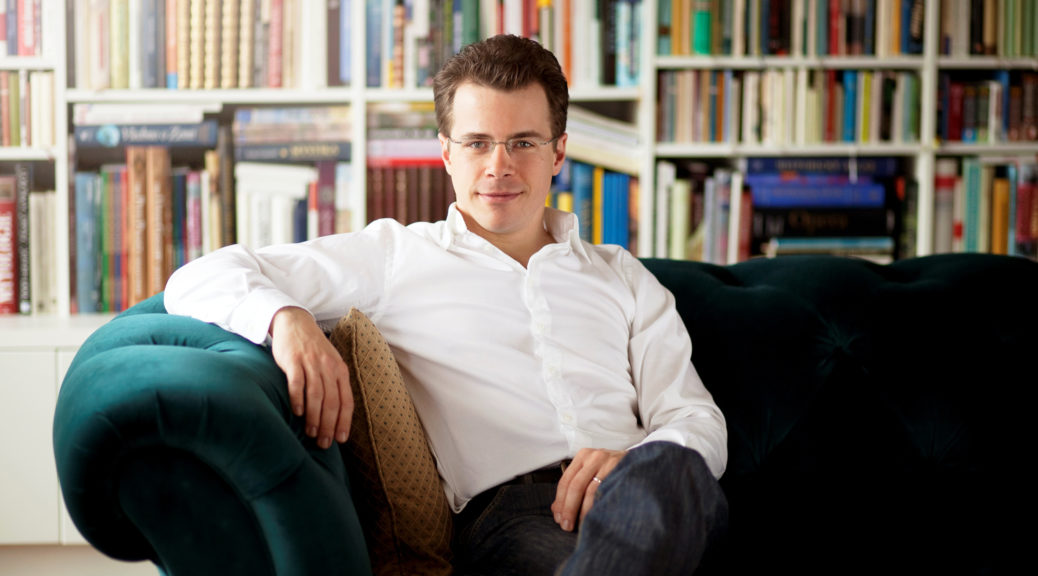
EASTERN PROGRAM, STUNNING VIOLINIST
An all-Eastern-European program added variety to the S.F. Symphony’s current-season offerings, focusing on suppressed music of the century 1850-1950. The three works could hardly have been less alike.
At the center-point stood the Shostakovich Violin Concerto No. 1, with a dazzling performance by violinist Karen Gomyo of Berlin. Despite her stunning evening gown, I couldn’t take my ears off her performance as she played virtually nonstop 40 minutes in the highly challenging opus from 1948. The high virtuosity and limited role of orchestra suggested a whiff of the Sibelius concerto of nearly a half-century earlier, but now with heavy moods. Double stops were invoked so much that you’d think two violinists were collaborating in close harmony. But Gomyo could do it all, from the long cadenza to the to the sharp bow stabs of the Scherzo, augmented by a funereal woodwind chorale from the orchestra. Indeed the scherzo is a true danse macabre where one can almost visualize skeletons dancing merrily in the cemetery. Her play ranged from the soulful (in the contemplative five-minute opening solo) to the intensely passionate later on. The orchestra itself is composed much like a typical Beethoven work, but with the addition of both tuba and a pair of harps (which Beethoven never used at all).
Can you be a full-time chemist and write symphonies on the side? The largely self-taught Russian composer Borodin did it, and his music sounds like it. Whatever shortcomings he had in orchestration, he had at least a great gift for melodies, milking them ad infinitum in his Symphony No. 2. This was the weakest interpretation of the young Czech conductor Jakub Hrusa, who fell prey to wild gesticulation in even the placid passages.
The “Suite from ‘The Miraculous Mandarin’” (ballet) is, in effect, Bela Bartok’s “Rite of Spring,” bristling with dissonance and violence like no other work in his whole catalogue. The sordid story tells of a gang of thugs using a Lady of the Evening to lure victims to their hideout, with each victim murdered and robbed. It took Bartok seven years to have it performed in a liberal foreign country (Germany), where its eroticism still provoked such outrage that it closed after one performance. If its melodramatic chinoiserie was not enough, the sassy braying of trombone glissandos certainly offended a number of orderly ears.
Offsetting the harsh instrumentation were the fetching clarinet solos, beautifully done by the SFS’ principal, Carey Bell. Conductor Hrusa brought the suite to a stirring climax, so to speak, warmly greeted with a standing ovation by a crowd that probably should have subbed for the horrified first-nighters at the ill-fated 1926 ballet premiere.
The SFS program PR suggested that these were banned works in their time, which was a mite misleading. Whether ballet or suite, the Bartok opus was simply not programmed by later conductors of Bartok’s circle; it took more than half a century before the SFS even played the suite. As for the Shostakovich, the composer himself held back the score for seven years as he awaited a loosening-up of the Soviet Union’s ultra-strict artistic control under Stalin. That was at most self-censorship.
MUSIC NOTES—Violinist Gomyo showed a sense of humor when she tuned up for her encore, greeted by some applauding even that on Nov. 9. That prompted her to make a deep sardonic bow with a smile toward the audience….Our only quibble with her triumphal night was the odd or old publicity photo she circulated in advance for her engagement, from which it was impossible to recognize her….The Czech guest conductor Hrusa pronounces his name ROO-shah.
San Francisco Symphony with guest conductor Jakub Hrusa, through Nov. 10. For SFS info: (415) 864-6000, or go online.